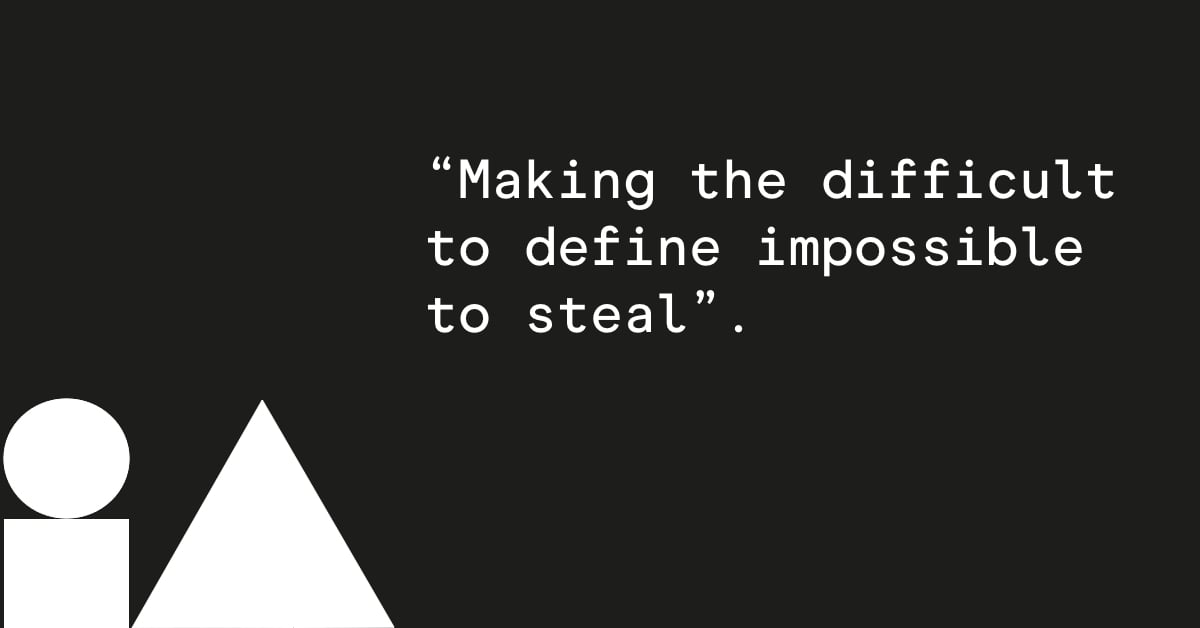
Any fans of the 1985 hit video game “Super Mario Bros” will no doubt remember the iconic two-note sound effect made every time that Mario collects a coin. (As a child of the 80’s, I can hear it ringing loudly in my head!) Despite the fact that the chime is instantly recognisable, Nintendo have never made any attempt to protect it with a ‘sound’ trade mark registration. That is, until now...
In February 2016, Nintendo filed a trade mark application with the Japanese Patent Office (‘JPO’) seeking to protect just that. Until recently, Japanese trade mark law did not permit the registration of non-traditional marks such as colours or sounds as trade marks. However, new legislation that came into effect in April 2015 expanded the definition of a trade mark in order to specifically include them moving forward, thereby making Nintendo’s recent application possible. This means that any video game developers that have made use of the well-known jingle in their own games may now wish to take the opportunity to change it before it becomes a registered trade mark, at least in so far as the Japanese gaming market is concerned (until corresponding applications are filed in other jurisdictions).
Under European law, unconventional marks such as smells, colours, sounds and holograms have also technically been registrable for some time, although until recently it has been somewhat challenging in practice. This was due to the requirement for a mark to be capable of being represented graphically - and therein was the difficulty; how do you graphically represent a sound or smell? Past European case law offered guidance that the representation of the mark must be “clear, precise, self- contained, easily accessible, intelligible, durable and objective”. In plain English, this basically meant that anyone looking at the Register must be able to tell clearly and easily the precise nature of the mark to be protected. For sound marks (such as Nintendo’s coin jingle), the Courts had also agreed that generic written descriptions containing onomatopoeia or lists of musical notes (for example, “A, B, D…”) were insufficient, but such marks could be represented by way of traditional musical notation, as this would allow a third party to reproduce the sounds in order to understand their scope.
However, as reported in our recent blog posts, the new Council Regulation 2015/2424 has done away with the requirement for marks to be graphically represented (due to come into force in September 2017). As such, where musical notation was once required to protect a sound mark, it is expected that the EUIPO will in future accept digital sound files instead. Likewise, the expectation is that a video file (such as a .gif) may also be accepted to depict movement marks. This should make the application process far simpler if Nintendo intends to file a comparable sound mark application here in the EU.
For further information or advice on the registration of unconventional trade marks, please do not hesitate to contact us.
Send us your thoughts:
Would you like to read more articles like this?
Building 1000
Cambridge Research Park
CB25 9PD
Fax. 01223 425258
info@iamstobbs.com
Privacy policy
German office legal notice
Cookie Declaration
Complaints Policy
Copyright © 2022 Stobbs IP
Registered Office: Building 1000, Cambridge Research Park, Cambridge, CB25 9PD.
VAT Number 155 4670 01.
Stobbs (IP) Limited and its directors and employees who are registered UK trade mark attorneys are regulated by IPReg www.ipreg.org.uk

